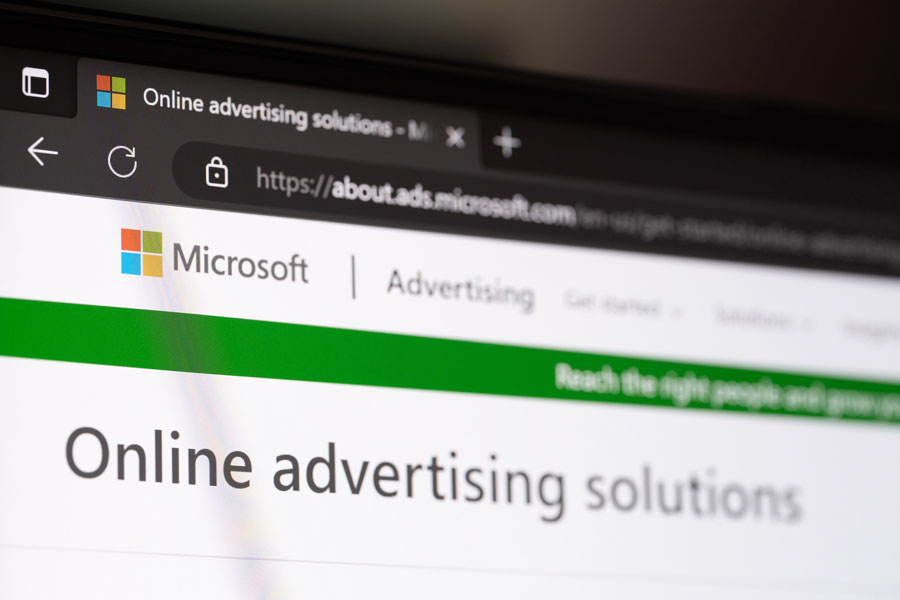
WEST PALM BEACH, FL – Microsoft Advertising has quietly moved—and arguably buried—a key setting that determines where search ads are shown across its network. Previously, advertisers could easily choose between Microsoft-owned properties and a broader group of partner sites at the campaign level. Now, that option exists only at the ad group level, making it less accessible and easy to miss.
A Quiet Change with Big Implications
Advertisers using Microsoft’s search platform are discovering that ad distribution is no longer controlled at the campaign level. Instead, it’s tucked away inside each individual ad group under settings labeled:
- Microsoft sites and select traffic
- The entire Microsoft Advertising Network (recommended)
This change has caused confusion in the advertiser community, with many users assuming the option to exclude low-quality partner sites was removed altogether. In reality, it still exists—but it’s now harder to find and manage, especially across campaigns with many ad groups.
The feature is hidden under an expandable section labeled “Ad Distribution” within each ad group—and notably, this section is collapsed by default, making it easy to overlook unless you’re specifically looking for it.

Why It Matters
The Microsoft Advertising Network includes Microsoft-owned properties like Bing, MSN, and Yahoo—as well as a wide array of third-party partner sites, some of which deliver much lower-quality traffic. When advertisers want to maintain control over where their ads appear, excluding poorly performing partner traffic is critical for cost-effective campaign performance.
Previously, advertisers could simply opt out of this broader network at the campaign level. Now, they must manually adjust this setting inside each ad group—a tedious and easy to miss process.
This subtle shift may result in:
- Increased ad spend on low-quality partner traffic
- Reduced ROI for advertisers who don’t realize the setting moved
- Difficulty scaling campaigns while maintaining quality control
Microsoft’s Position
Microsoft currently recommends “The entire Microsoft Advertising Network” as the default ad distribution setting. The alternative, “Microsoft sites and select traffic,” still allows some partner placements, but the selection is curated and (according to Microsoft) performs more like traffic from its owned properties.
Despite this, advertisers concerned about brand safety, bounce rates, or click fraud often prefer to limit distribution as much as possible. Without easy access to that control, advertisers must dig deeper—and apply changes at a more granular level.
What Advertisers Should Do Now
- Check Ad Group Settings – Make sure each ad group is set to the distribution you want. It may be defaulted to the broader network.
- Use Publisher Reports – Monitor which domains are serving your ads and evaluate performance.
- Apply Exclusions Strategically – Use domain exclusions to block consistently poor-performing sites.
- Consider Account-Wide Scripts – Large advertisers may need automation tools to manage settings across multiple ad groups.
Final Thoughts
The ad distribution setting wasn’t removed—but it’s certainly been demoted in visibility. For advertisers who care about where their ads appear, this subtle UI change could lead to wasted spend and reduced campaign performance. Microsoft hasn’t officially announced this structural change, and that lack of transparency is likely to raise eyebrows across the PPC community.
Advertisers are encouraged to review all ad group settings carefully and demand clearer, centralized controls in future platform updates.








